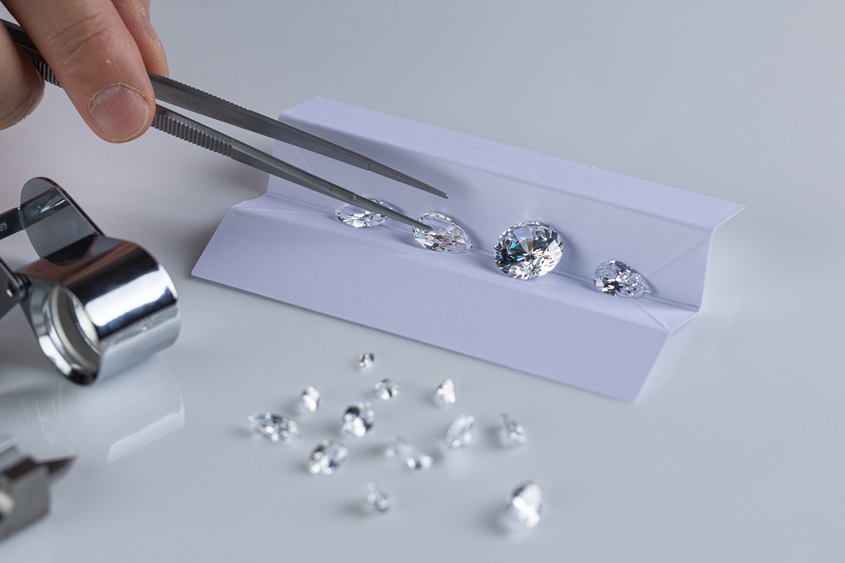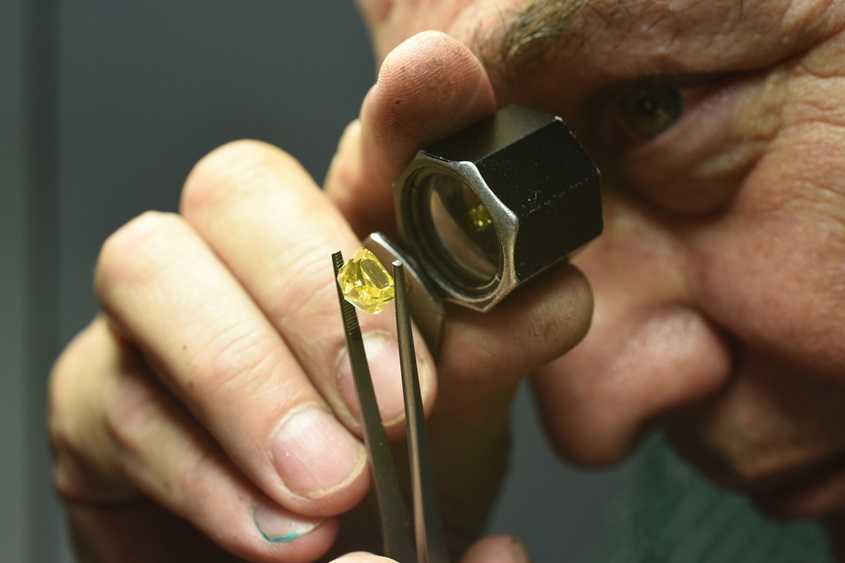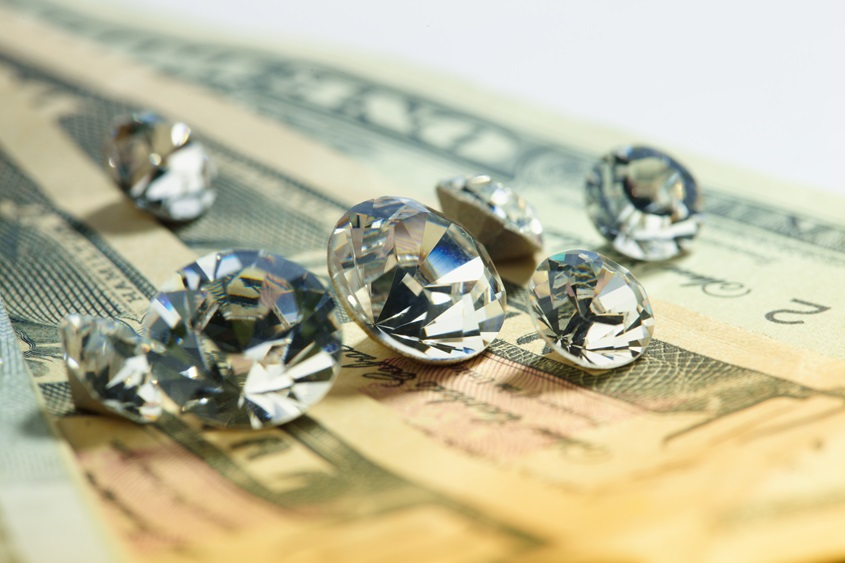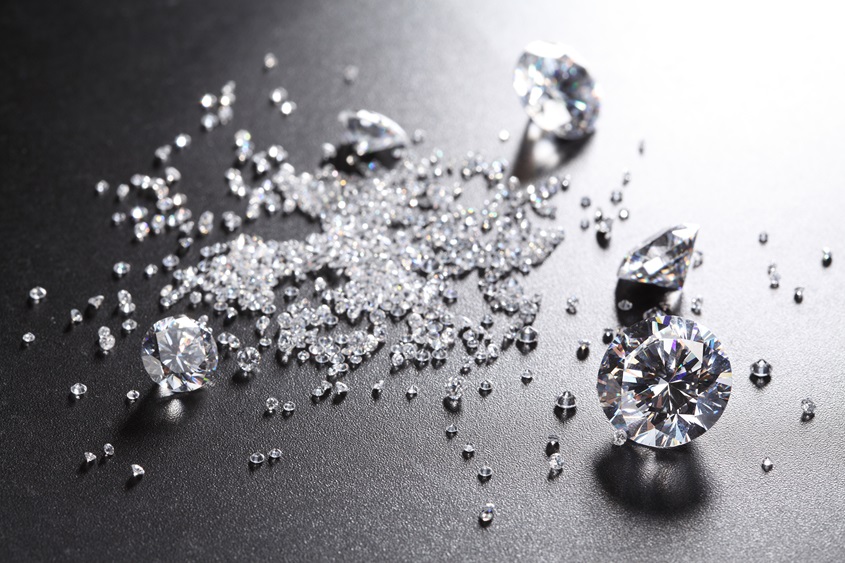In a recent article titled “What We Call Man-made Diamonds Could Ultimately Determine Their Success”, diamond analyst Paul Zimnisky looks at how the industry is trying to present diamonds to consumers – both natural and synthetic stones – and how these terms could affect the marketing success of both.
Searching for Terms
Following the rapid rise of man-made stones in recent years, from De Beers’ Lightbox brand to James Allen offering them on their jewellery website, the industry has been trying to decide on the best way to present diamonds to consumers.
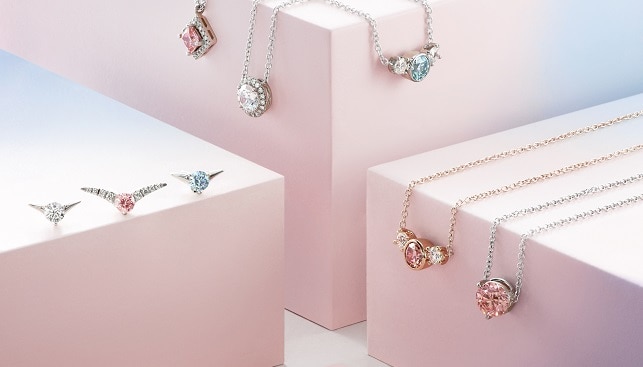
When consumers search for diamonds, says Zimnisky, they meet multiple terms to describe multiple products: from Earth-created to natural stones for diamonds to man-made and lab-grown for synthetics. Marketing-wise, he says, this variety of terms is understandable, since terminology likely “impacts a consumer’s perception”.
When speaking about man-made diamonds, the industry prefers the term “lab” since “it evokes a perception of innovation and technological advancement” – despite that most man-made stones aren’t technically produced in a lab at all. In July 2018, the U.S’s Federal Trade Commission removed the word “synthetic” from its recommended descriptors of man-made diamonds – a term that was widely used when the product began emerging in greater scale in recent years. “Synthetic”, claims Zimnisky, “tends to be the preferred term by the mining industry given the potentially pejorative association when speaking of a luxury product”.
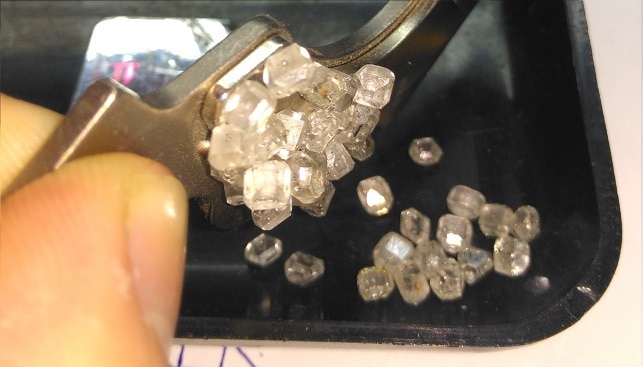
Recently, there is growing use of the acronym “LGD” for lab-grown-diamonds – a logical shorthand for the social media age. If the term LGD becomes the standard moniker of man-made diamonds, says Zimnisky, “it could actually have significant implications” for several reasons: First, the word “diamond” is literally removed from the description; second, given consumers’ familiarity with CZ, the acronym for cubic zirconia (a diamond simulant), “consumers may subconsciously relate an acronym for a diamond product to be a diamond simulant even though in the case of man-made diamonds, the product is chemically diamond”. This, he says, could “erode the perceived value and desirability of the product as a luxury item in consumers’ eyes”.
However, since man-made stones are still a relatively new product, a widely-used term is still up for grabs. Since marketing is so important in promoting a luxury product, “the term that becomes the standard to describe man-made diamonds could have a significant impact on the success of the product longer-term”.






